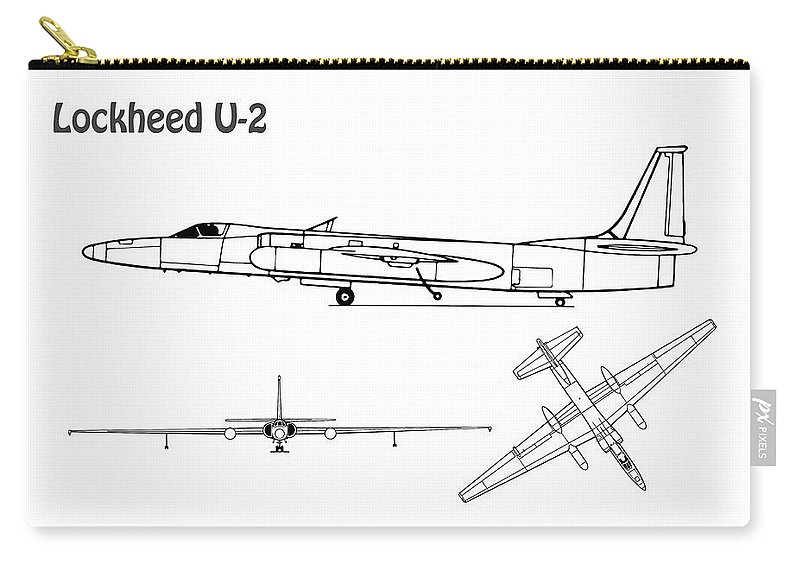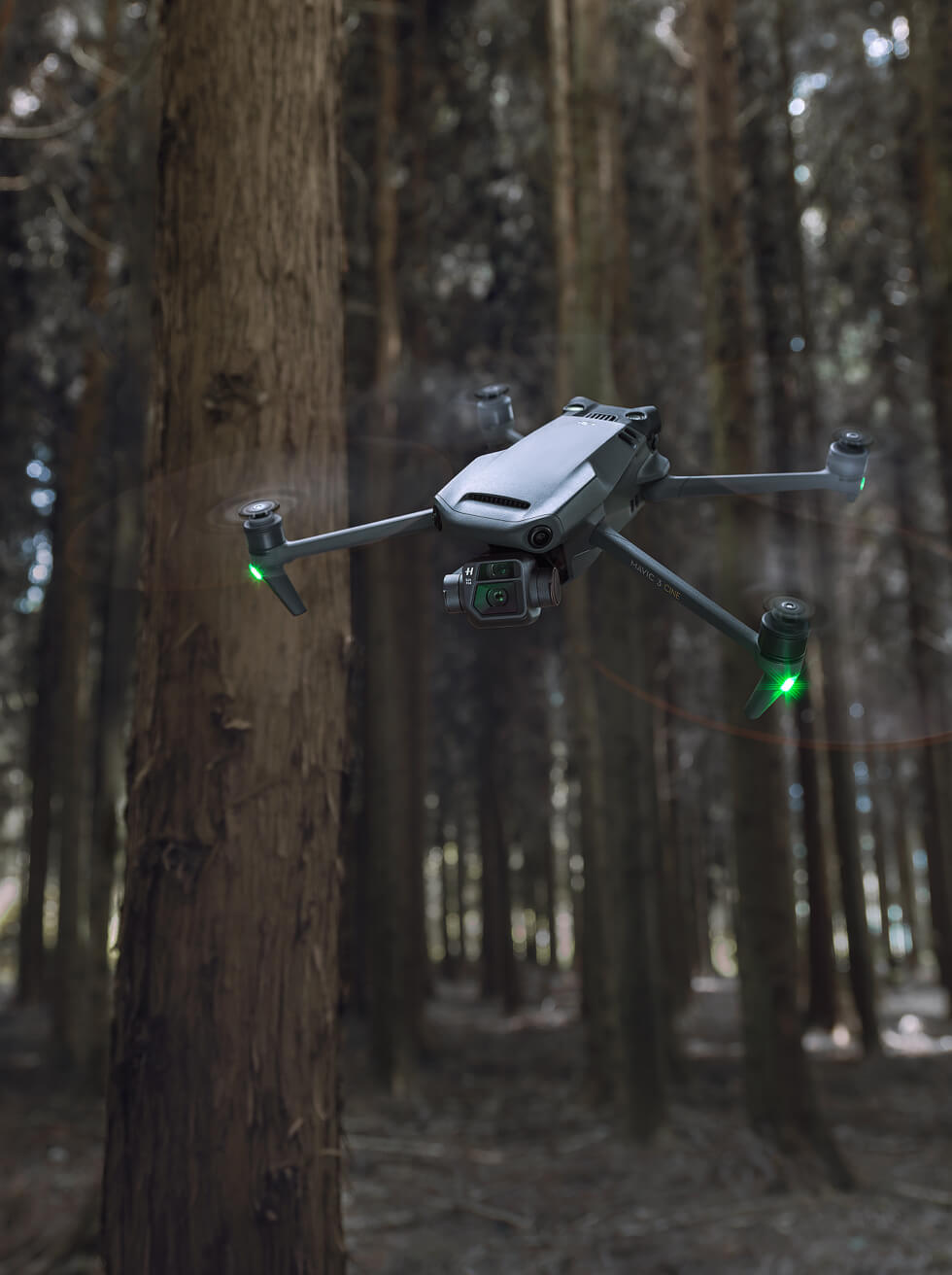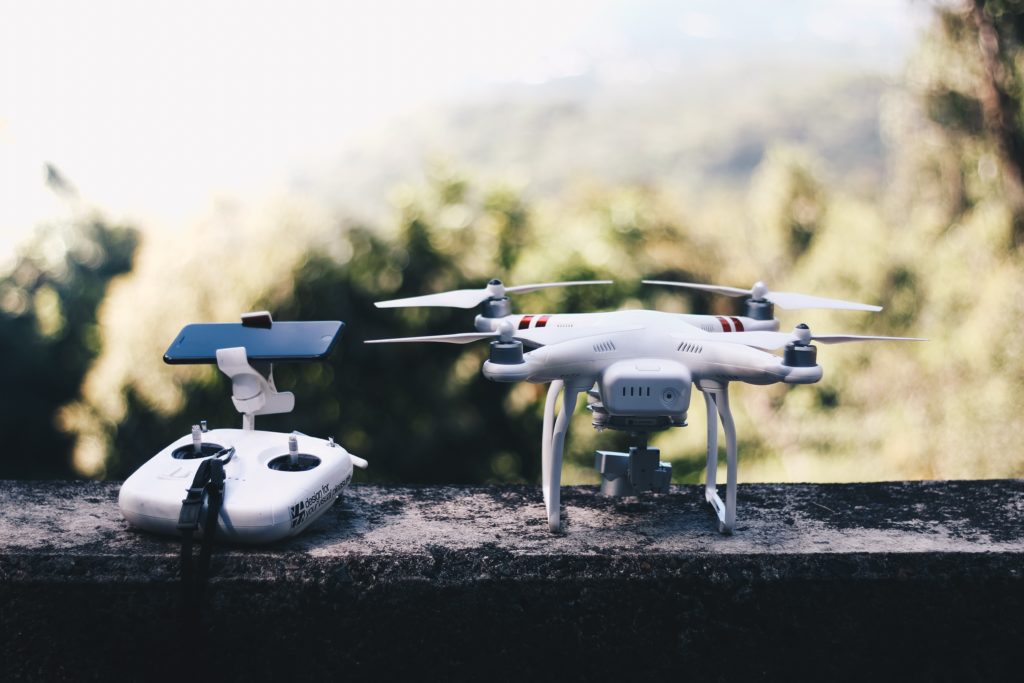
Drones have become increasingly popular for shooting videos and photos. Popular films such as James Bond's Skyfall (and The Wolf of Wall Street) use drones for their aerial shots. Drones are also excellent for photography and journalism. Drones can be used for filming movies, as well as taking aerial selfies of nature and taking photos. Drones with Follow-me features make it even more cinematic. You can capture incredible shots of your surroundings.
Phantom 4 Pro V2.0
DJI has released the Phantom 4 Pro Version 2 (a new model) that features all of its existing features and offers live-view streaming via on-controller connectivity. The new camera features a 20MP CMOS sensor, as well as a 3-axis tilting gimbal for smooth video and photo shoots. It is capable of recording 4K60 frames per minute video and 14-frames-per-second photos.
DJI Mavic3 Cine
DJI Mavic 3 Cine drone camera video camera is the flagship DJI consumer drone model. Gimbaled, the drone's dual camera setup allows for precise shots thanks to its three-axis rotation. Each drone comes with a 20MP wide angle camera from Hasselblad as well as a 12MP Telephoto camera from 1/2" CMOS. It boasts four-K video as well as a 28x hybrid Zoom.

DJI Typhoon H+
The DJI Typhoon H Plus drones feature a 7-inch touchscreen display with Android and HDMI ports that make it easy to control both the drone and video camera. This drone video camera allows you to make professional-looking videos. The video camera can also follow your movements during the shot with Journey mode. The camera is also equipped with a Curve Cable Cam that follows an invisible route.
Sony Airpeak S1
The world's smallest professional drone, the Sony AirpeakS1 drone, is coming soon. The compact design houses a full-frame Alpha series mirrorless camera. It will be available for pre-order on December 24, 2021, and will cost $9,000 at launch. These are the key features, benefits, and advantages of this drone. For more information, please read on. You'll be able to enjoy the latest technology without breaking the bank.
DJI Inspire 2
The DJI Inspire2 drones feature a high-quality video camera. It features a 2-Axis, FPV camera which separates the flight view from main camera. In-flight sensors of the drone are capable to recognize a wide range subjects. During flight, the drone will automatically lock onto selected subjects. Advanced algorithms will calculate how far you have to travel home and ensure your safety. The main camera on the drone can see obstacles up to 200m ahead.

DJI Inspire 2 Pro
For advanced filmmakers, it is a great choice to upgrade to the most recent model of the DJI Inspire 2 Pro drones. This versatile drone can capture 4K video and is only 7.58 pounds. It's also very lightweight. The Inspire 2 also has a forward facing FPV camera, which allows for aerial footage.
FAQ
Is it safe to drive while flying a drone?
Drone flying at high speed is dangerous. You also risk hitting pedestrians or other animals. You could also damage your car if you hit power lines, trees, or other buildings.
What kind batteries does a drone need?
Lithium-ion batteries are the most common type of battery for drones. The typical drone draws between 3 and 6 volts.
Which US states make drones legal?
You can legally fly a drone for personal use. Federal Aviation Administration (FAA), has issued guidelines that allow you to use small unmanned aircraft systems (UASs). These UASs have to be registered with FAA before they are allowed to fly. These UASs can also be flown by commercial operators if they are allowed to fly under certain conditions.
Is drone regulation regulated by the FAA
The FAA supervises all aspects related to drone operations, including certification requirements and safety standards.
What is the law on drones flying over private property?
New rules have been issued by the FAA for commercial drone flying. These rules do not apply to UAVs under 55 pounds or flying at less than 400 feet above sea level. Commercial operators need to register with the FAA in order to obtain a license. Local authorities must also approve them if they are operating near airports or in other restricted areas.
Statistics
- Research and Markets predict a growth rate of 51.1% over the next five years. (thedroneu.com)
- According to industry research from ZipRecruiter , there are 10 cities where the typical salary for a Drone Pilot job is above the national average. (dronesgator.com)
- According to the multiple listing service (MLS), houses and apartments with drone photographs are up to 68 percent more likely to sell than those without pictures. (thedroneu.com)
External Links
How To
How to Fly Drones for Beginners
A drone is a remote-controlled aircraft used for aerial photography, cinematography, surveillance, scientific research, and hobby purposes. Drones have been in use since World War II. DJI's Phantom series of quadcopters was the first to be commercially used. There have been many drones made since then. These range from beginner-friendly drones like Parrot AR Drone 2.0 to more advanced multi-rotor craft like DJI Mavic Pro.
There are many methods to fly a Drone, including
-
Remote control - This allows you to control the drone from your hand. There are two main types, On/Off switches (like radios) and joysticks.
-
Manual Control – This method lets users remotely control the drone by using a smartphone app. You must keep track of the location where you want the drone to go and follow the instructions from the app.
-
Autonomous Flight: This means that the drone will take care of all the piloting. The drone is able to fly autonomously, without the need for human intervention. A drone must have a builtin camera and sensors capable to capture images and other data.
-
Triggered Flight: This is similar in concept to manual control. The pilot manually creates a route and the drone then follows it until it reaches that endpoint. After the preprogrammed route is complete, the drone will automatically land and return to its base.
-
Landing Gear: Some drones have landing gear that allows them safely to land in case they lose power or run low on battery.
-
Goggles - Some pilots wear goggles to protect themselves from debris while operating.
-
Camera - Certain drones come with cameras that allow you to take photos and videos from high above.
-
Obstacles – Some drones have obstacle avoidance systems that stop them from colliding with obstacles.
-
Speed – Some drones can reach speeds in excess of 40 mph.
-
Battery Life: Most drones have a battery life of between 20 and 30 minutes depending on how many power sources you use.
-
Some drones have a range of up to 30 miles, depending on their model.
-
Power source - Some drones require an external power source; others work off internal batteries.
-
Weight - Some drones have a weight of less than 1 pound and others weigh 4 lbs.
-
Size - From small drones that can be carried in the palm of one's hand to larger drones that weigh over 50 pounds, drones come in a variety of sizes.
-
Price - From high-end models that cost thousands of dollars to low-cost options that start at $100, all drones fall under a certain price category.